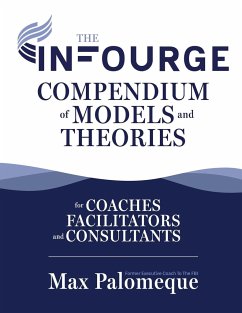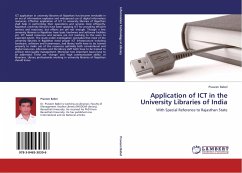
The influence of anisotropy on gravitational theories of dark energy in the universe
Versandkostenfrei!
Versandfertig in 1-2 Wochen
25,99 €
inkl. MwSt.

PAYBACK Punkte
13 °P sammeln!
This thesis titled "Impact of anisotropy on dark energy cosmological models in theories of gravitation" consists of nine chapters and deals with the investigation of some spatially homogeneous and anisotropic dark energy cosmological models in the framework of Einstein's general theory of gravitation, and also in some other theories of gravitation like Brans-Dicke (1961) and Saez-Ballester (1986) scalar-tensor theories of gravitation, which are viable alternatives to Einstein theory of gravitation. Cosmology is the study of the universe as a whole. It mainly deals with the mechanism of the evo...
This thesis titled "Impact of anisotropy on dark energy cosmological models in theories of gravitation" consists of nine chapters and deals with the investigation of some spatially homogeneous and anisotropic dark energy cosmological models in the framework of Einstein's general theory of gravitation, and also in some other theories of gravitation like Brans-Dicke (1961) and Saez-Ballester (1986) scalar-tensor theories of gravitation, which are viable alternatives to Einstein theory of gravitation. Cosmology is the study of the universe as a whole. It mainly deals with the mechanism of the evolution of the universe and its components. It seeks to answer the oldest questions of mankind: How did the universe come into existence? What is the universe made of? What will happen to us in the future? There are still many unanswered questions which remain subject to further scientific investigation and philosophical debate. According to the modern cosmology, the universe begins with a Big Bang, and through the evolution of the universe, different fields split from each other and the components (fluids) of the universe evolve. While the universe expands, different structures (such as galaxies, black holes, stars and planets) emerge. In order to study the universe we need to know its space-time geometry, and the fluids as its components and how they interact with each other and with space-time. This has been done using Einstein's theory of gravitation by constructing cosmological models.














